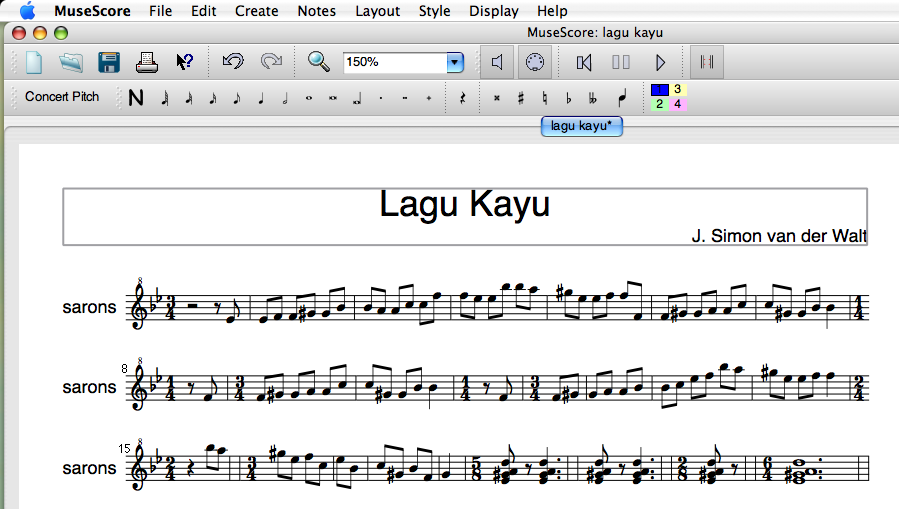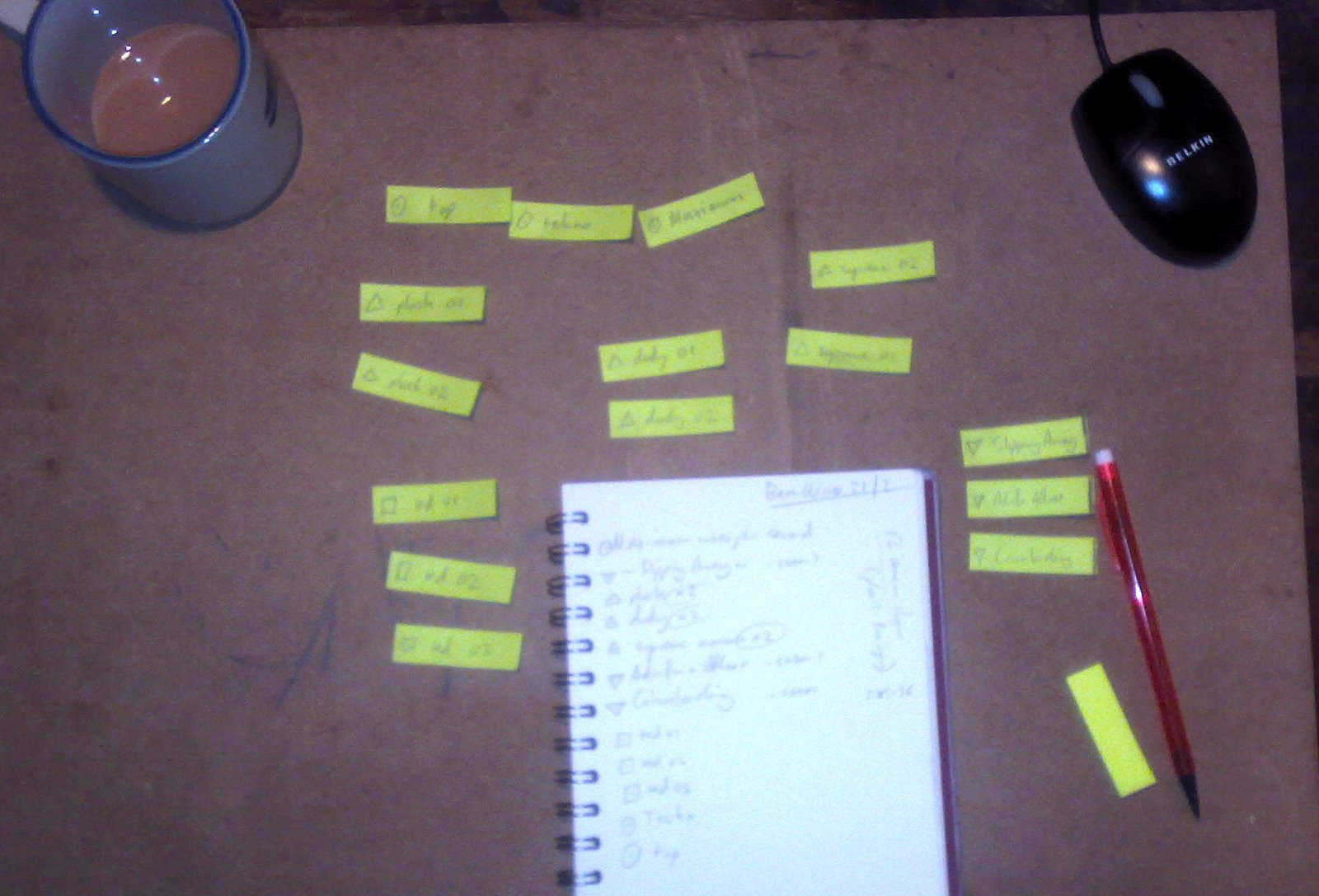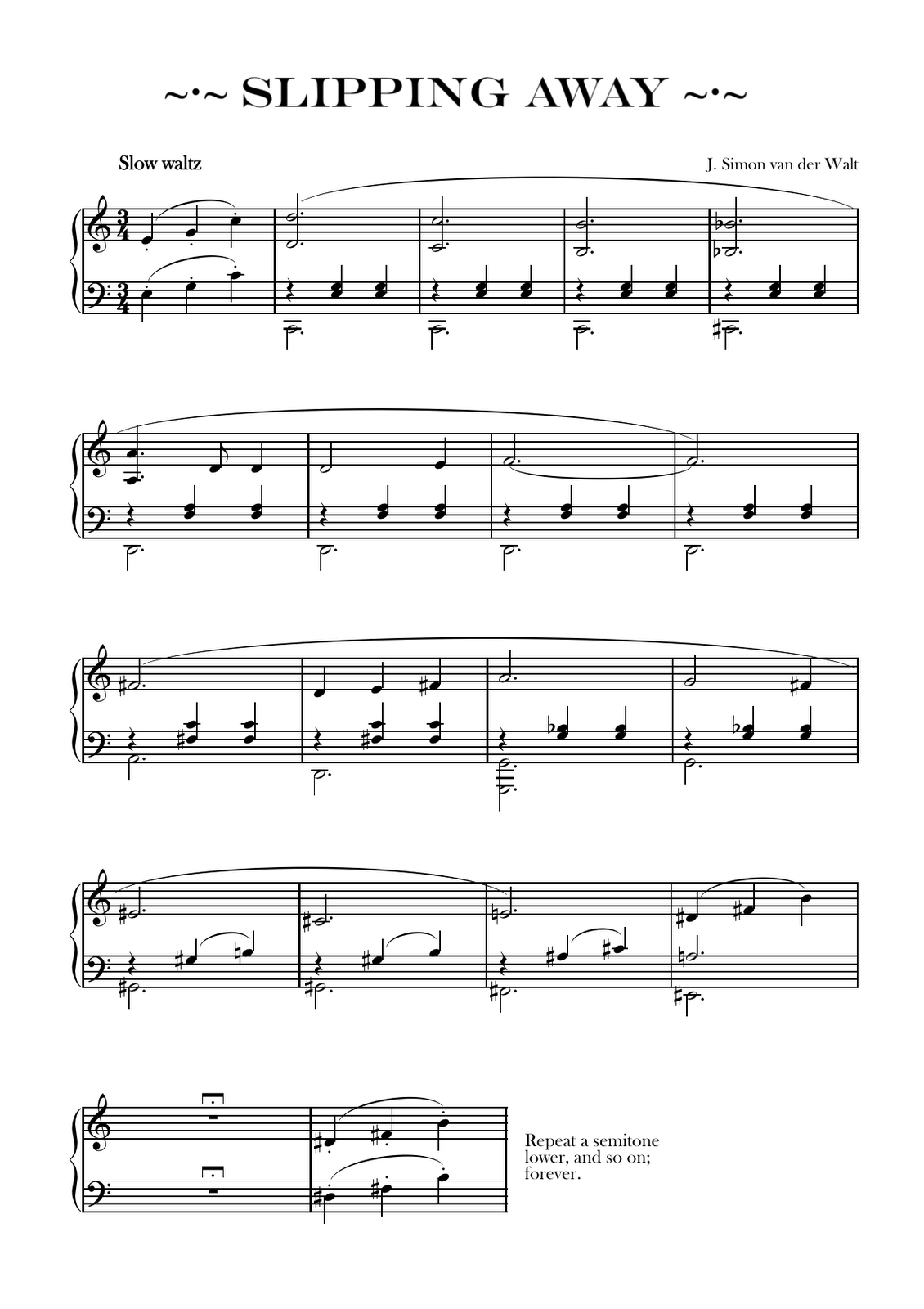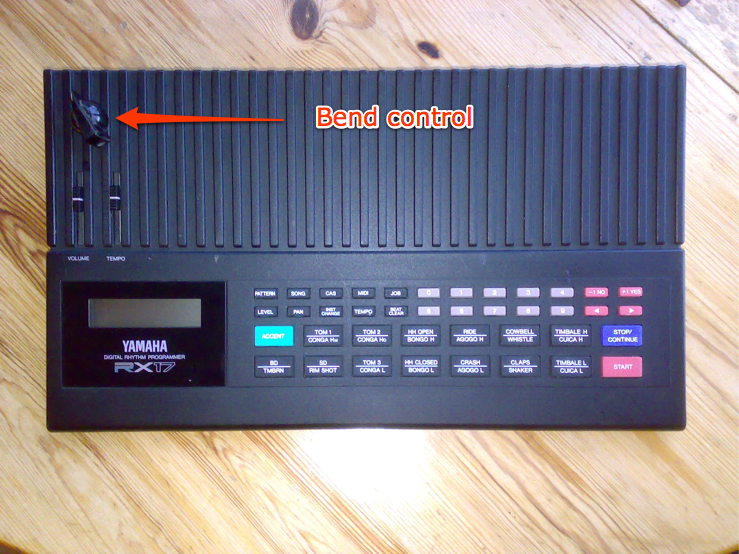'The lines between technology and the arts are blurring at an astronomical pace: the latest laptops and computers position themselves not only as tools for business, but as home entertainment centres where anything seems possible.
J. Simon van der Walt, performing as part of the Cryptic Nights season, parallels this revolution yet takes it back to the 'Bare Wires'. As Edward 'Teddy' Edwards and the Electr-O-Chromatic orchestra, he presents and electronic symphony of music and performance.
Van der Walt's imagination takes us on a technologically devised musical jourrney with improvisation, composition and electro-junk. His passion as a performer, actor, director and composer is apparent, and he strives to blend musicality, innovation and theatricality into one.
Luckily, Cryptic's creative drive lies in a similar field, making the Cryptic Nights season a perfect match for the composer. He arrestingly combines his "creative misuse of technology", such as text-to-screech (the warping of standard computer text-to-speech software), with reverting back to his childhood use of electronic junk as instruments. This piece could reinvent the way we experience music, and its place in a modern society. The electronic age is vibrantly creative, and with 'Bare Wires' the performing arts are keeping pace.'






